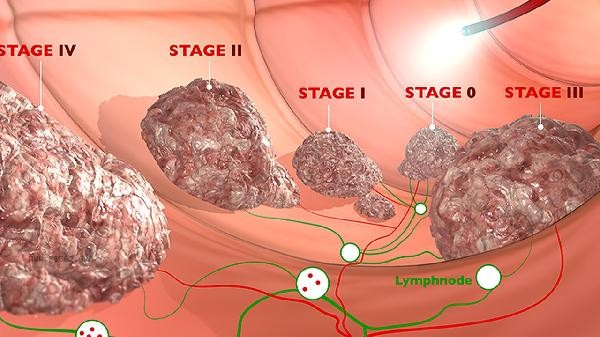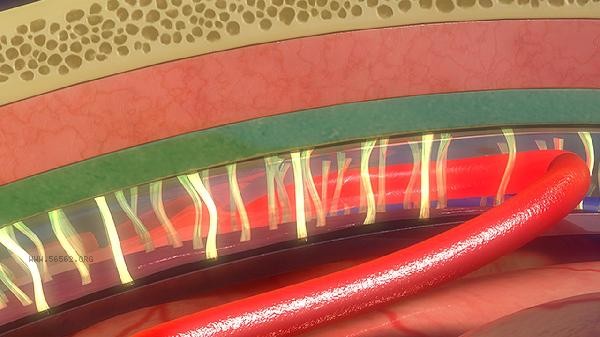Elevated pulmonary capillary wedge pressure usually indicates left ventricular dysfunction or excessive volume burden, mainly related to factors such as increased left ventricular end diastolic pressure, mitral valve disease, obstructed pulmonary venous return, acute pulmonary edema, and chronic heart failure.

1. Increased left ventricular end diastolic pressure:
When left ventricular diastolic function declines, the heart is unable to effectively empty blood, resulting in end diastolic pressure being transmitted to the pulmonary circulation. Commonly seen in hypertensive heart disease, hypertrophic cardiomyopathy, etc., patients may experience post activity shortness of breath and paroxysmal nocturnal dyspnea. Diagnosis can be assisted by echocardiography and BNP detection, and treatment requires controlling blood pressure and improving myocardial compliance.
2. Mitral valve disease:
When mitral valve stenosis or regurgitation occurs, left atrial blood flow is obstructed, and pressure is transmitted in reverse to the pulmonary vessels. Rheumatic heart disease is a typical cause, and characteristic murmurs can be heard on auscultation. Mild lesions can be treated with diuretics to reduce preload, while severe valve malformations require valve repair or replacement surgery.
3. Obstruction of pulmonary venous return:

When diseases such as mediastinal tumors and fibromediastinitis compress the pulmonary veins, they can cause mechanical obstruction. These patients often have primary symptoms of compression such as difficulty swallowing and hoarseness, and chest CT can provide a clear diagnosis. Relieving the source of oppression is the fundamental treatment method, and surgical intervention is necessary when necessary.
4. Acute pulmonary edema: During the onset of cardiogenic pulmonary edema, the pulmonary capillary wedge pressure often rises sharply to above 25mmHg. The patient presented with upright breathing, pink foam sputum, and wet rales in the lungs during auscultation. Immediate non-invasive ventilation, diuretics, and vasodilators should be administered, while investigating triggers such as myocardial infarction.
5. Chronic heart failure:
Long term cardiac dysfunction can lead to sustained elevation of wedge pressure, often accompanied by signs of systemic congestion such as lower limb edema and jugular vein engorgement. Standardized use of beta blockers and ARNI drugs can improve prognosis, but in severe cases, cardiac resynchronization therapy should be considered.
For individuals at risk of elevated pulmonary capillary wedge pressure, it is recommended to monitor weight changes daily, limit sodium intake to less than 3 grams, and avoid drinking large amounts of water quickly. You can choose low-intensity aerobic exercises such as walking and Tai Chi, accumulating 150 minutes per week. Raising the head of the bed 15-20 degrees during sleep can help alleviate nighttime breathing difficulties. If the resting state blood oxygen saturation is below 92% or the daily weight gain exceeds 1.5 kilograms, timely medical evaluation should be sought. Regular follow-up of cardiac ultrasound and NT proBNP levels can help detect early deterioration of heart function.









Comments (0)
Leave a Comment
No comments yet
Be the first to share your thoughts!